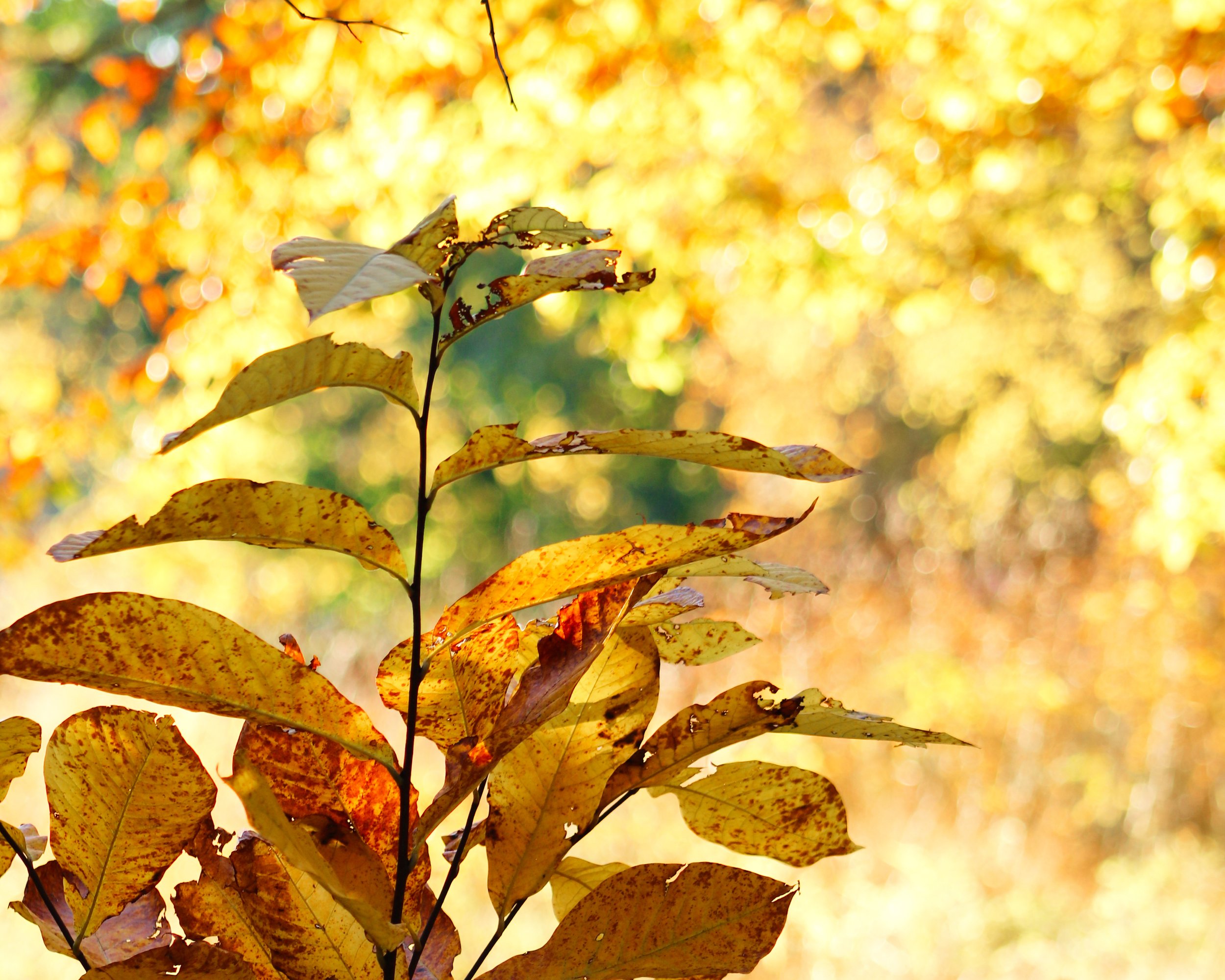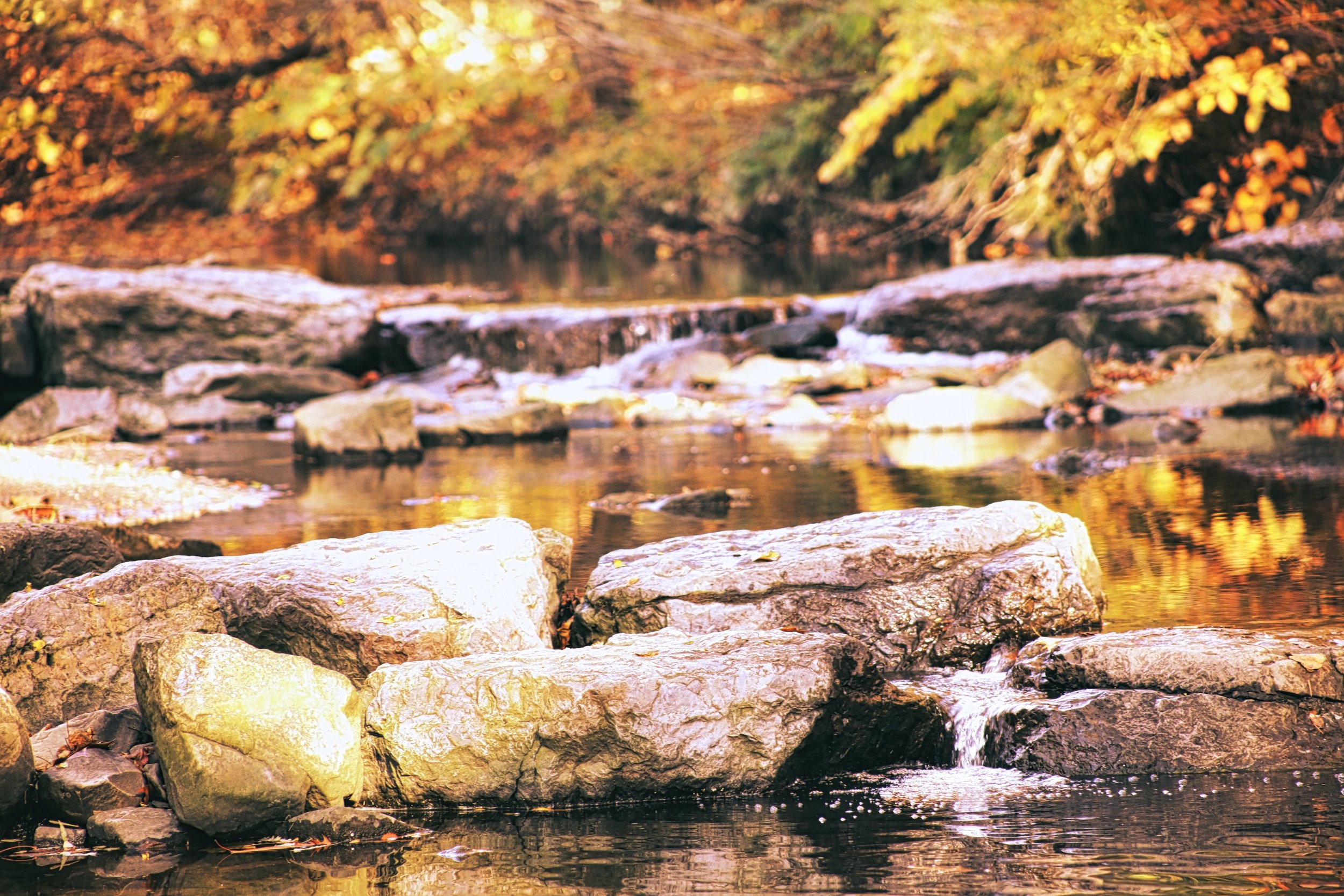

The Science Behind Fall Foliage
As the weather starts…
to cool down and the days get shorter, we begin to see one of the most beautiful displays nature has to offer: fall foliage.
Ever wonder why leaves change color and fall off the tree in autumn? Keep reading to find out!
Why Do Leaves Change Color?
Did you know that leaves are actually green all year long? The green color comes from a pigment called chlorophyll, which is vital for photosynthesis—the process that helps plants convert sunlight into energy.
In the spring and summer, when there's plenty of sunlight and warmth, leaves produce lots of chlorophyll so they can make food for the tree. This process masks the other colors in the leaves, making them appear green.
But in autumn, when the days start getting shorter and the weather gets cooler, trees begin to prepare for winter. They stop producing chlorophyll and the green color starts to fade away, revealing yellow and orange pigments that were there all along.
Why Do Leaves Fall Off Trees?
Once the leaves have changed color, they eventually fall off the tree. This happens because the tree is no longer sending water and nutrients up to the leaves—it's preparing for winter by redirecting its resources elsewhere.
When a leaf falls off a tree, it's not dead; it just doesn't have what it needs to stay attached to the tree until springtime. Once all the leaves have fallen off, trees go into a state of dormancy until warmer weather returns.
So there you have it!
……… Now you know why leaves change color and fall off trees in autumn. The next time you're admiring a sea of red, yellow, and orange leaves, you'll be able to impress your friends and family with your knowledge of this amazing phenomenon!















